Dear Barbara, Will you talk about confusion or AMS (altered mental status) at the end of life?
Confusion, disorientation, hallucinating, whatever you want to call not relating “sensibly” to the environment is a normal, natural part of the end of life process. Not only can the person in the dying process stop making sense, they may be talking to and about people and sights that are not visibly present. They may even talk to people who have already died.
The phenomenon generally occurs in the weeks before death and can be accompanied with restlessness and agitation. Generally, medication is not required unless the confusion and restlessness puts the person in harm’s way---hurting themselves, falling out of bed.
So the question becomes if this is normal, why is it happening? Physiologically it can be lack of oxygen, dehydration, even disease progression but let’s go a step further than just a physical reason. At this part of the dying process, weeks before death, the body is shutting down. People are not eating or drinking much. They are sleeping most of the time and have withdrawn to within themselves. They are leaving this world, this reality.
They are in the process of disconnecting from this world, the world we are familiar with, and building their place in another world. That world I will call the dream world. We, watchers, can understand and relate to at least a little bit of the dream reality because we all have dreams. For the person sleeping most of the time, the “dream world” becomes their reality and their seeing and talking expresses that reality, not this one that we, the watchers, can see and hear. When we listen to the “confusion” as an expression of the reality the person is experiencing at the moment, we get a look inside their minds. We see what is occurring for them in the moment. Listen, picture, accept. We don’t have to necessarily agree with what is being experienced but we can listen and accept that what is occurring as a normal part of dying.
Another analogy would be that there is a veil that separates this reality from others. As death approaches that “veil” thins and all realities are seen at the same time.
Sometimes fear of dying, and we are all going to be afraid to some degree when it comes time to die, is expressed in the confusion and restlessness. Again, if the agitation becomes severe then medication is very appropriate.
This view “outside of the box” in which most of us base our reality comes from my end of life education and extensive experience in the presence of hundreds of people during the actively dying process. I know none of this is scientific. I have no proof. I am just giving you a different perspective, a bigger picture, some ideas to explore and think about.
Something More... about Confusion At End of Life
In my film, This Is How People Die, I extensively cover these less talked about topics that happen in the dying process. The film is used as a tool to educate end of life doulas, hospice staff, home health staff, nursing home staff and nursing students.
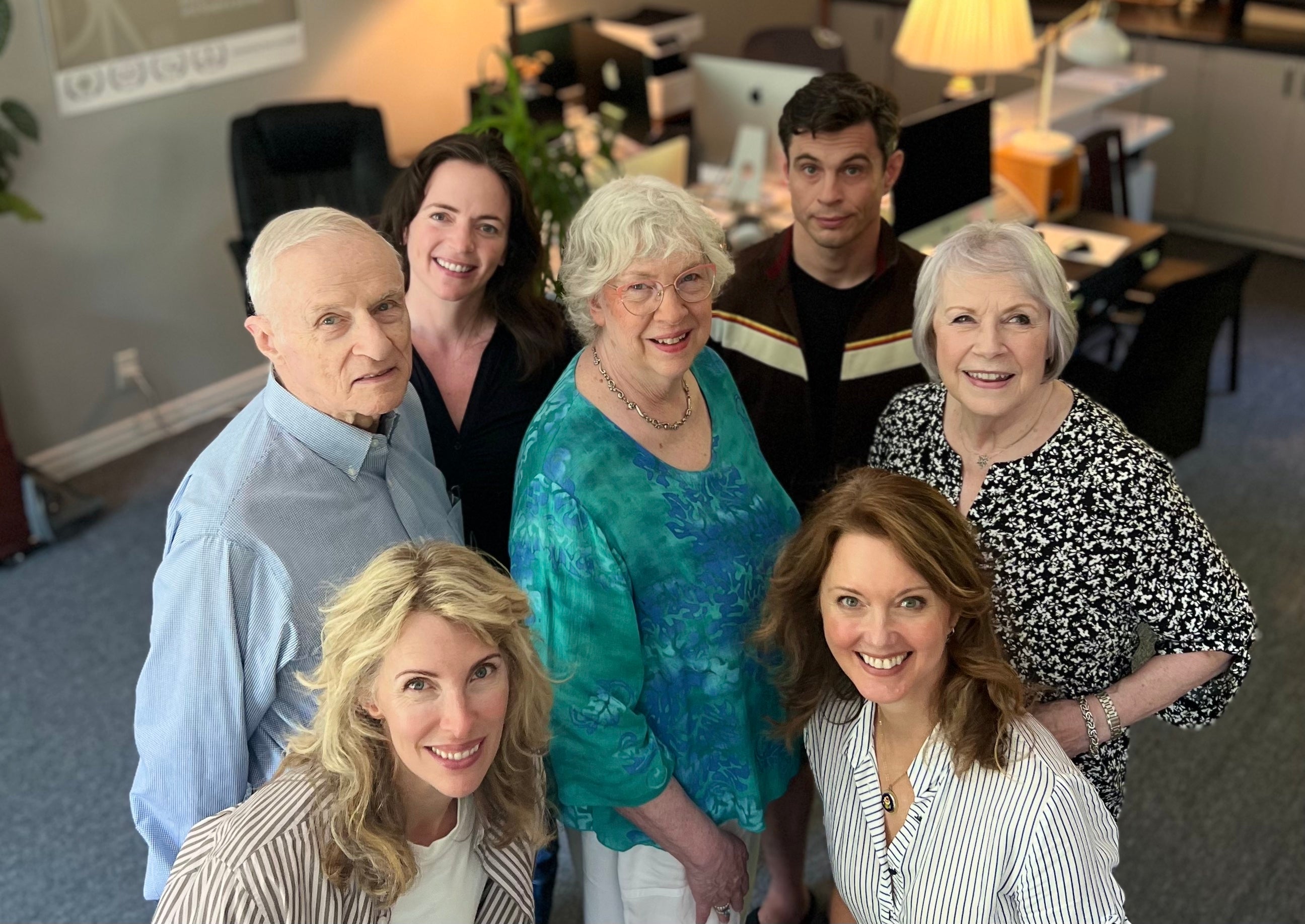

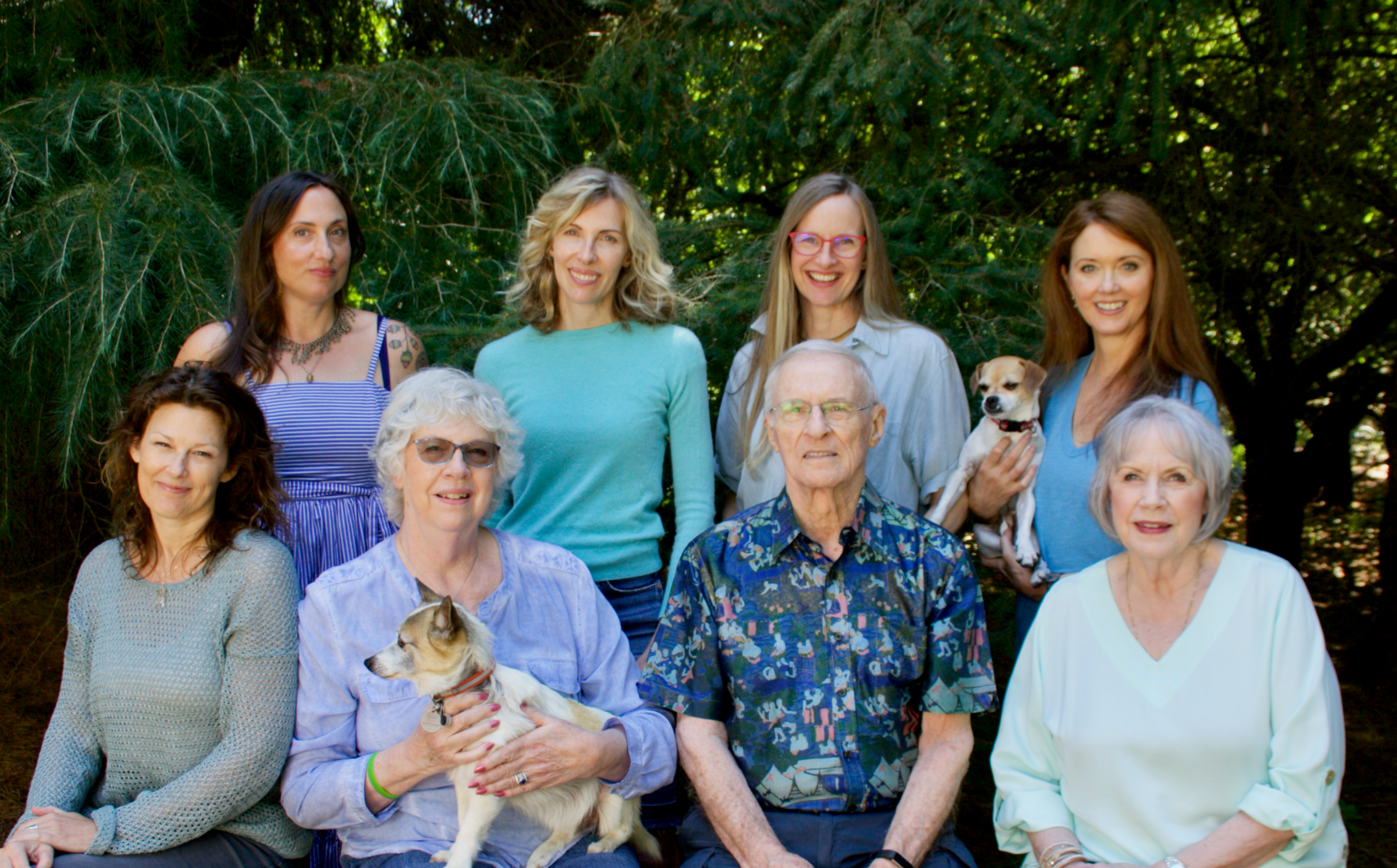
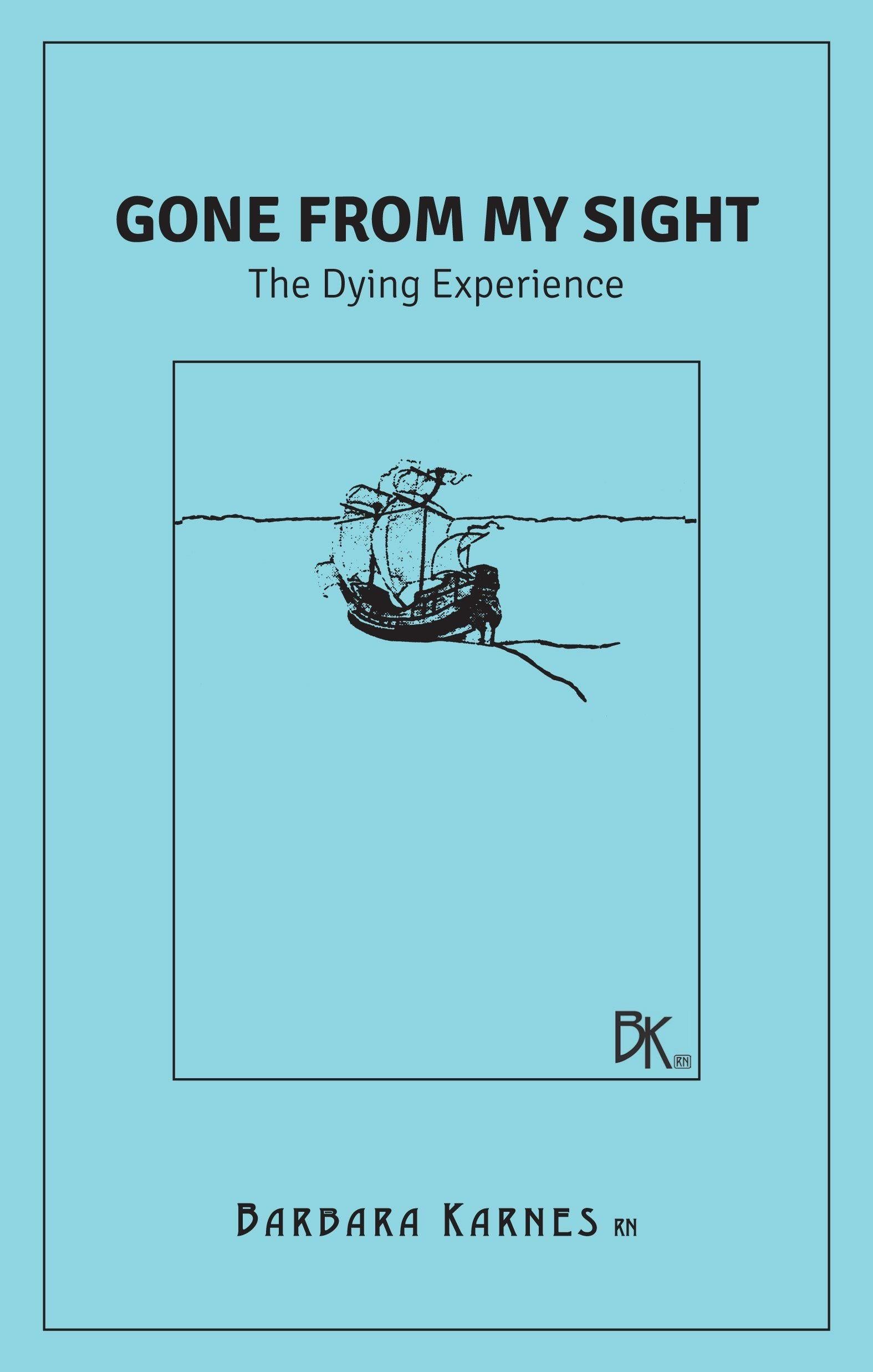

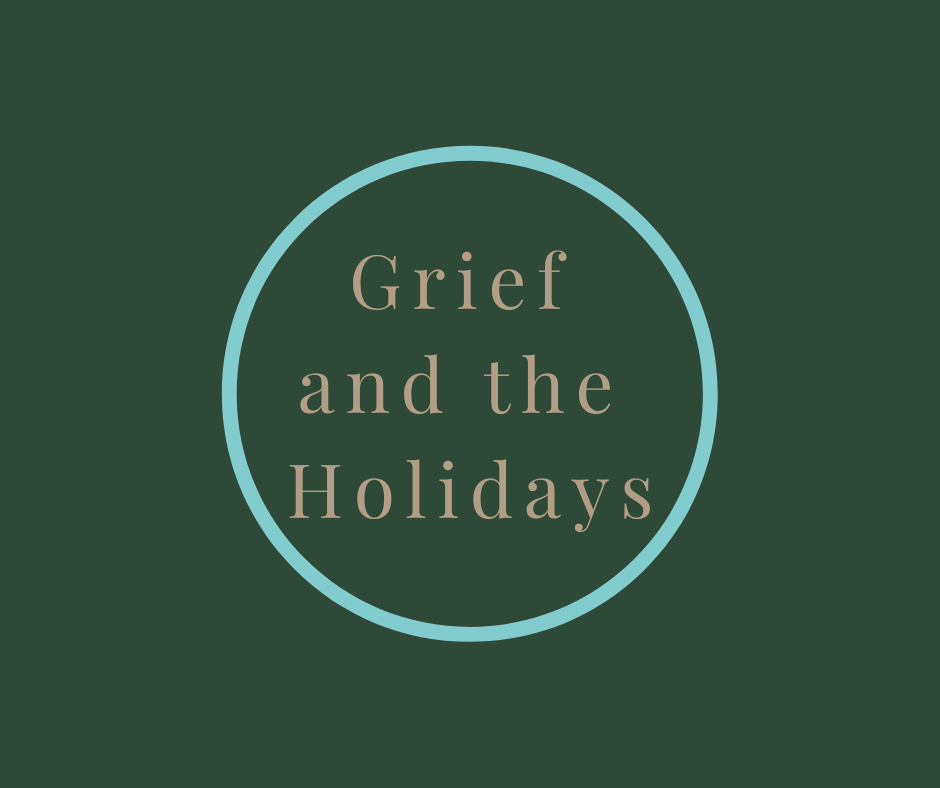
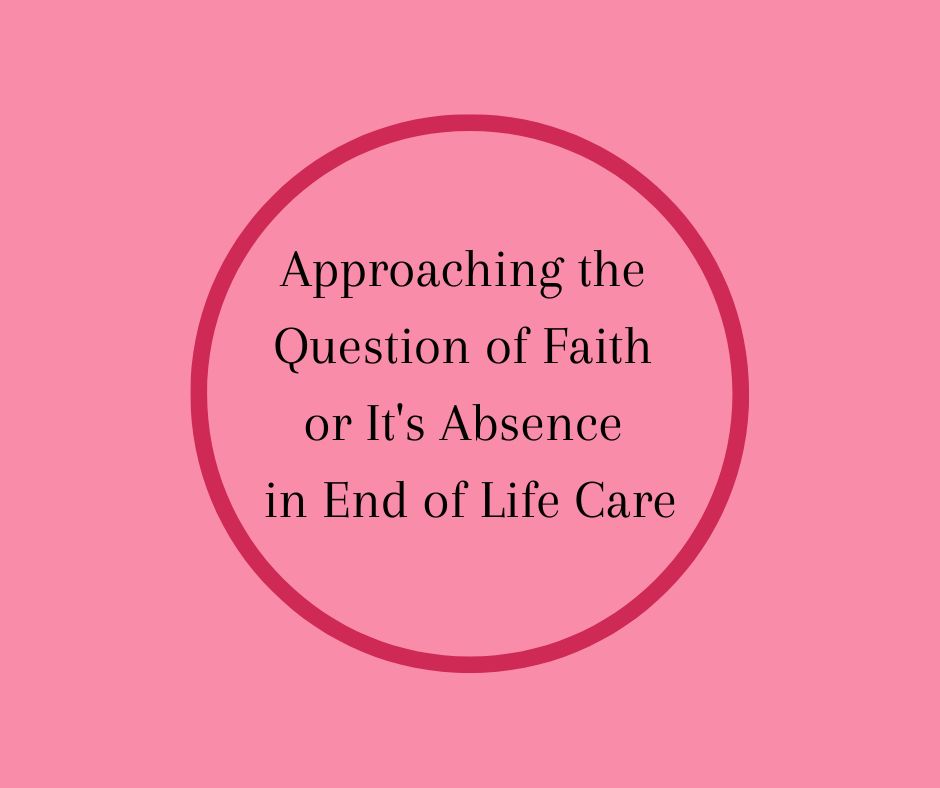
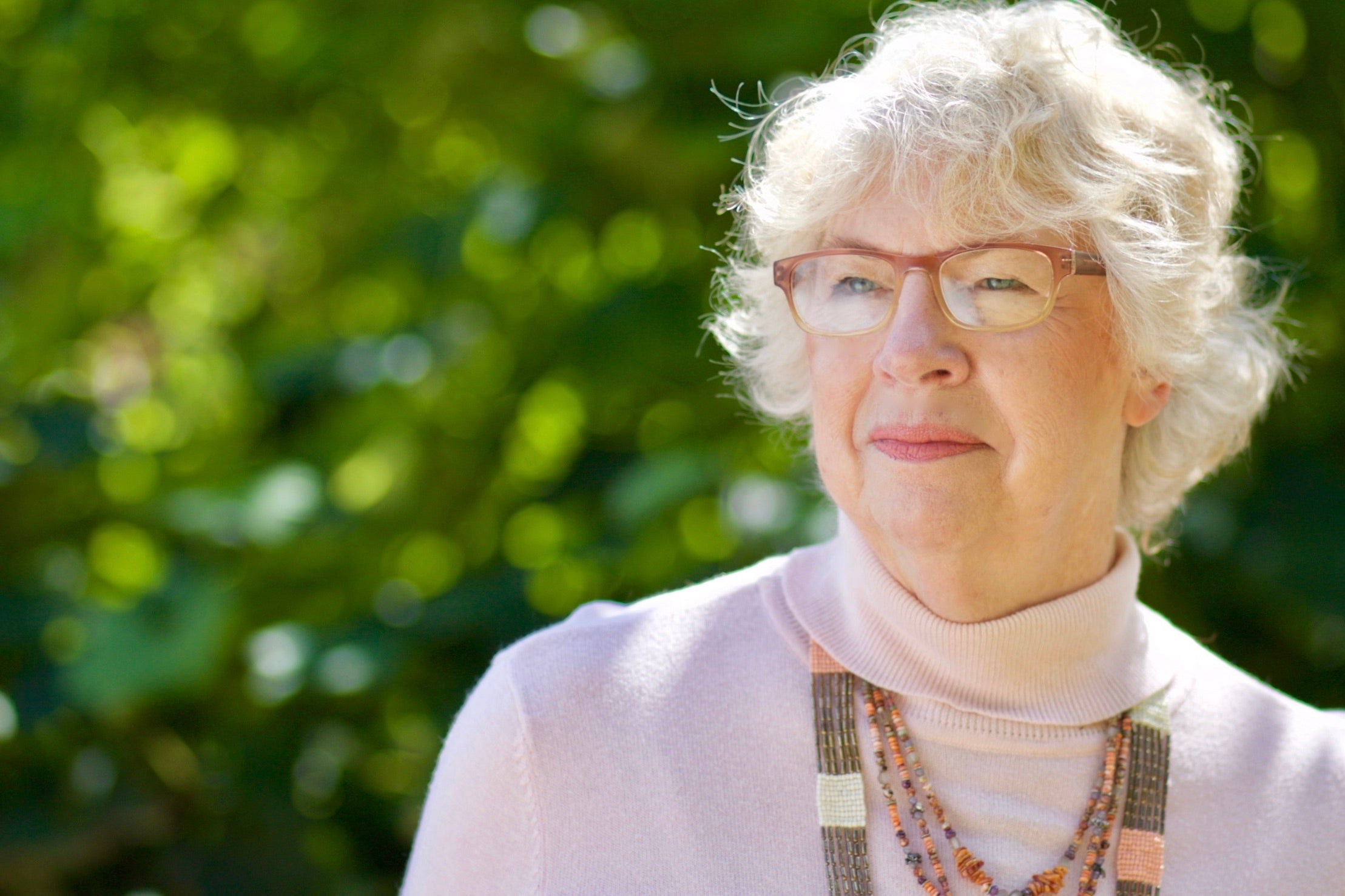
3 comments
Michael Zoosman
I could not agree more with your insights. Thank you for sharing your experience, wisdom and knowledge with all of us. I am a better chaplain for it!
I could not agree more with your insights. Thank you for sharing your experience, wisdom and knowledge with all of us. I am a better chaplain for it!
Katelin Bouchard
Could not have said this any better. Thank you for all that you do.
Could not have said this any better. Thank you for all that you do.
angie
Thank you for the article. We see this, most every time, in the dying process. It helps to be able to explain to the loved ones that this is “normal” and the separation of the body and spirit, looks just like this…..thanks. angie
Thank you for the article. We see this, most every time, in the dying process. It helps to be able to explain to the loved ones that this is “normal” and the separation of the body and spirit, looks just like this…..thanks. angie